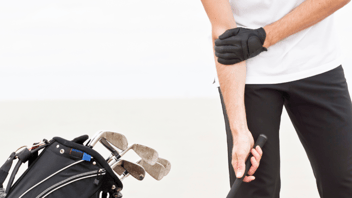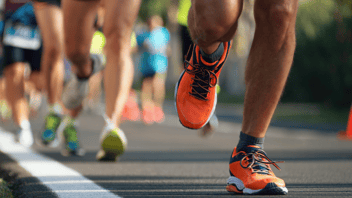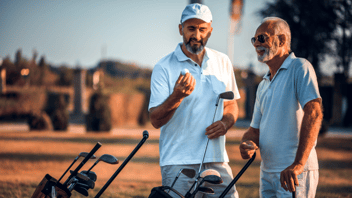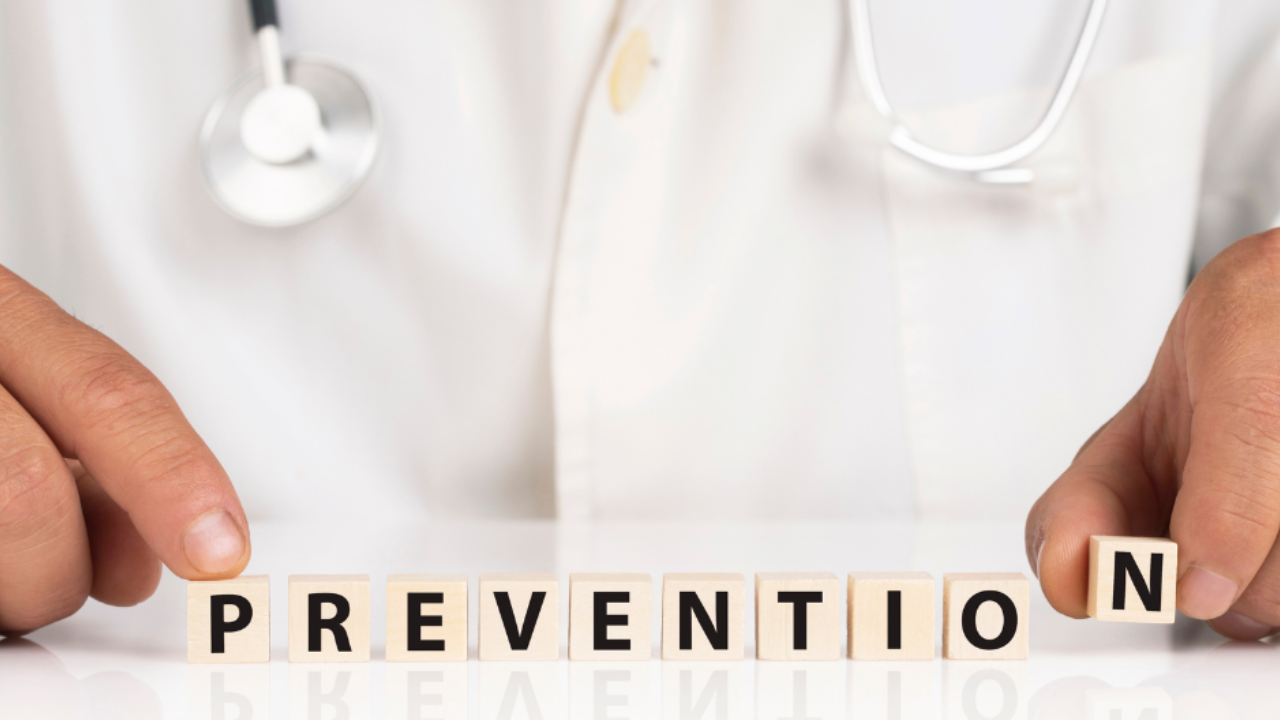

What to do after an Acute Injury
Mar 14, 2023Let’s face it, no matter how in shape or careful we are in life, injuries can still happen! So what is the best thing to do after an injury. The classic advice is to follow “RICE”. Rest, ICE, Compression, Elevation. We were told to rest and to avoid movement. Let’s dive into why that may not be the best advice to follow.
When we stop moving, blood flow to the area is decreased and soft tissue restrictions build up → leading to decreased mobility & strength. In addition, Kinesiophobia increases (aka fear of movement) → leading to movement having an increased protective response to the mind and body. While a version of rest may be necessary immediately after an acute injury, too much of rest can negatively impact recovery.
What should I do after an acute injury?
Peace & Love
“Immediately after a soft tissue injury, do not harm and let Peace guide your approach”
P - Protect
E - Elevate
A - Avoid Anti-inflammatory modalities (ice & NSAID’s)
C - Compression
E - Educate
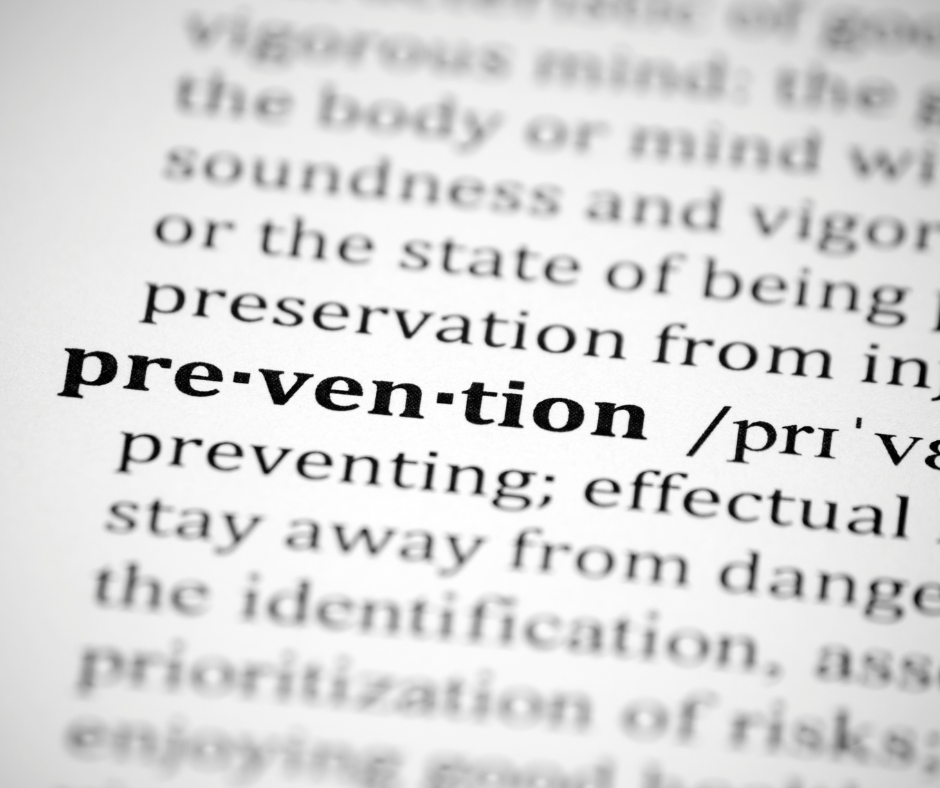
In the first 1-3 days post acute injury, you must protect and limit aggravating movements while simultaneously having periods where you elevate the area above the heart and use compression that allow full movement and limits the amount of swelling to the area. Use of anti-inflammatory drugs (NSAID’s ex: ibuprofen/advil) and ice should be avoided as both could disrupt and slow the natural inflammatory response that is a part of tissue healing. Education whether it is reading blog posts like this or directly from your healthcare provider (PT, PCP or orthopedist), are crucial to make sure you are taking the right steps to aiding the healing process and getting you back to normal ASAP.
“After the first days have passed, soft tissues need LOVE”
L - Load
O - Optimism
V- Vascularization
E - Exercise
Normal activities and movement should continue as soon as symptoms allow to rebuild tissue tolerance to activity again. Optimism towards your recovery is encouraged as fear, anxiety, depression, and catastrophization have all been linked to worse outcomes and can amplify the pain experience unconsciously processed by the brain. Pain free cardiovascular exercise should be resumed soon after injury as that can help improve blood flow to injured tissues to aid in the healing process. Our favorite part of the process as physical therapists is the targeted exercise at addressing your mobility and strength limitations post injury will help address the underlying cause of injury and help reduce re-injury rates.
Why light movement and specific mobility exercises can lead to quicker and more efficient recoveries following acute injuries:
- Increased oxygen rich blood flow to the area
- Decreased soft tissue restrictions
- Decreased scar tissue build up
- Less fear of movement → increased confidence in body
- Improved joint mobility with less restrictions
Being a physical therapist, I hear this a lot “I hurt myself when I was doing this (insert activity here). I rested and called my doctor to set up an appointment. I did not do much until I saw my doctor weeks later. My doctor recommended getting PT.”
Oftentimes, by the time the patient gets to see a physical therapist, their injury is no longer acute and turning into more of a chronic problem.
Early physical therapy treatment significantly accelerates recovery and can reduce symptoms with usage of hands-on techniques, light exercises and educating the patient on what to do on their own. Remember, we all have direct access in all 50 states to physical therapy. You do not need to see a physician prior to seeing your PT, get started ASAP!

THE BOTTOM LINE
Next time an injury happens - give your injury P.E.A.C.E & L.O.V.E!
The Dont’s:
- Immobilizing entire body or one area more than a couple of days
- R.I.C.E.
- Anti-inflammatories
- Give up doing your favorite activities
The Do’s:
- Get in touch with a PT and see if therapy is recommended or what you should be doing on your own
- Learn what specific exercise to keep you mobile
- Avoid prolonged sitting/standing/positioning
- Learn appropriate modifications to desired activities
- Resume pain-free cardiovascular exercise post injury
Thanks for reading!!
Empower U PT & Performance Team
References:

